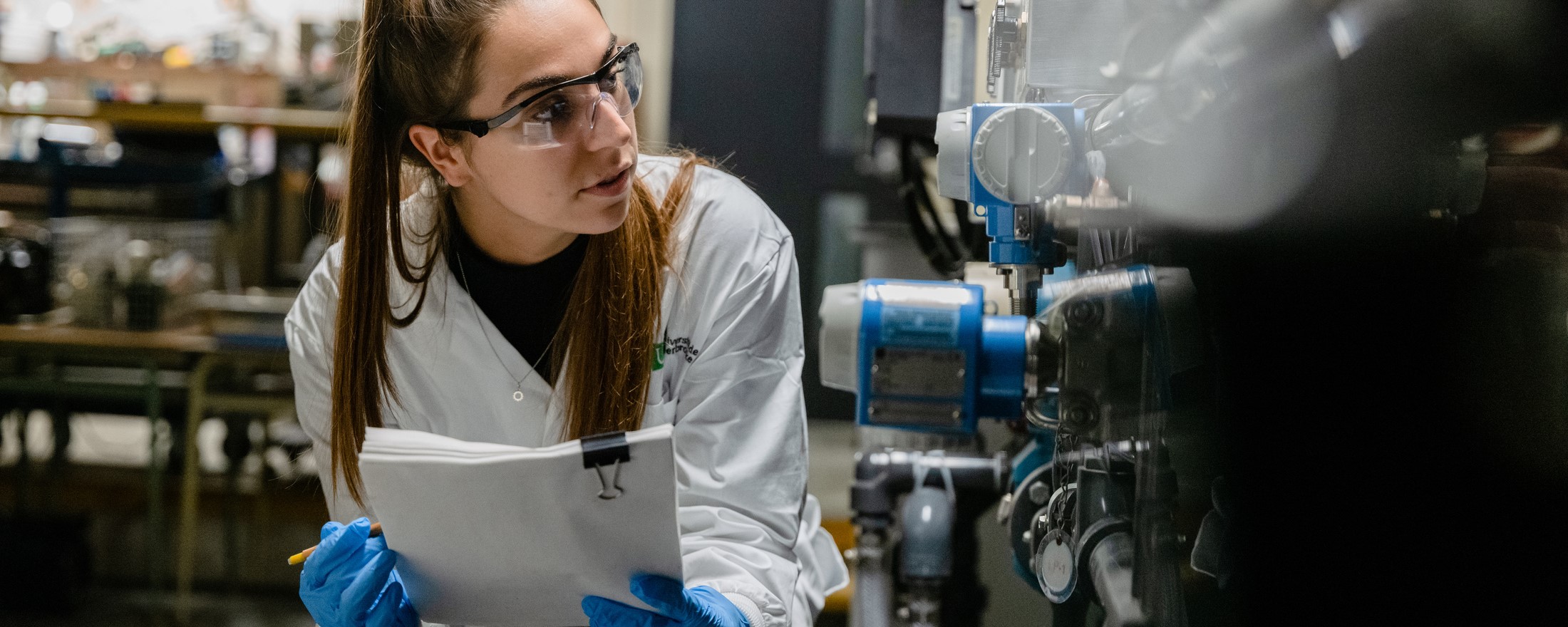Mutualization: The outstanding model for efficiency behind Université de Sherbrooke’s meteoric rise
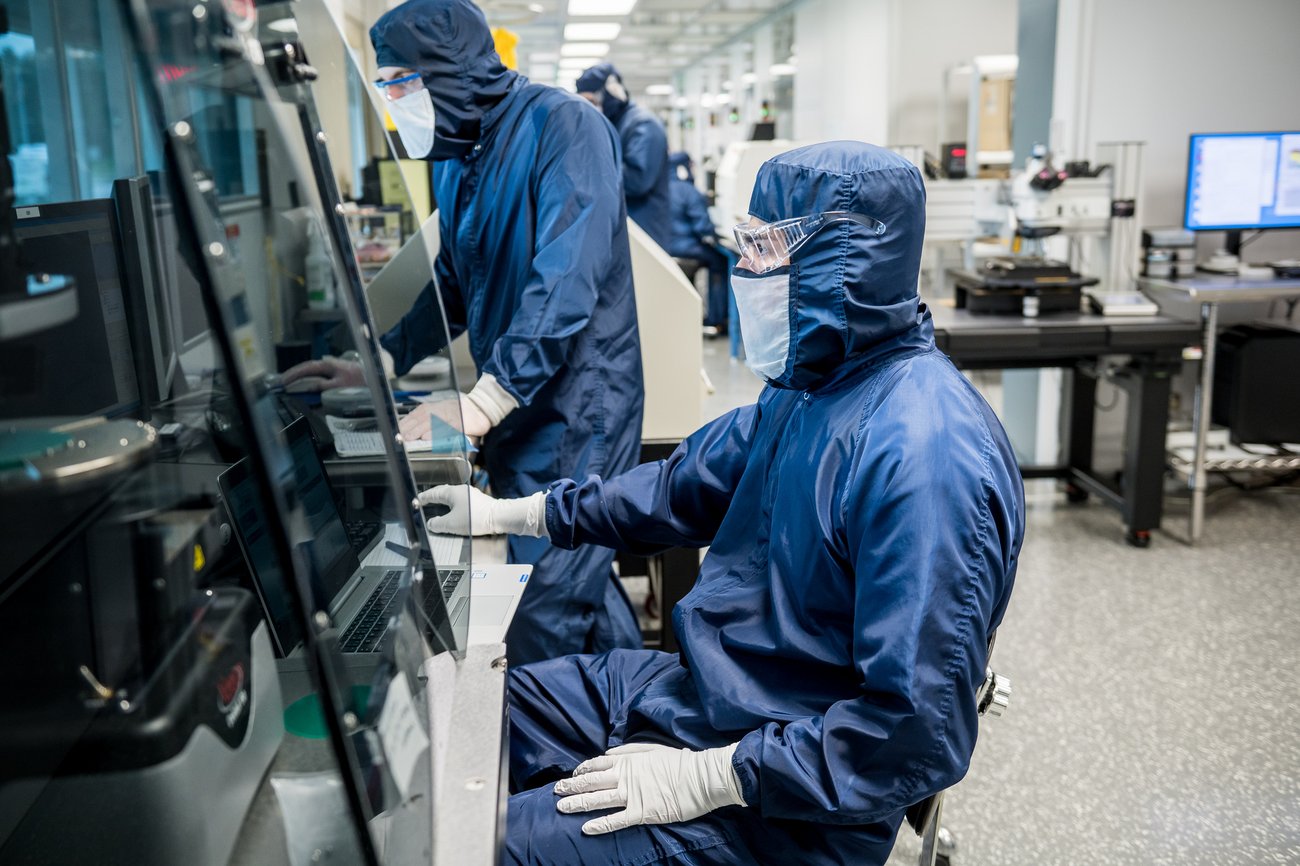
Photo: Karine Couillard, collaborator
What is the secret behind the Université de Sherbrooke, one of Canada's most prolific research universities? One visit to some of the laboratories is all it takes to understand how this establishment has managed to increase its research capacity tenfold by pooling infrastructure and expertise.
Strength in numbers takes on a special meaning at the Université de Sherbrooke. From research centres and institutes to research platforms, a common denominator unites their operations: in all fields, work in isolation is slowly disappearing, giving way to pooling equipment, workspaces, and know-how.
A bit like a supply valve, this structure allows projects to flow more smoothly and knowledge to be shared more seamlessly. This approach helps generate knowledge at breakneck speed, without squandering public funds and investments from private enterprises.
Although not a formula unique to the UdeS, the establishment is certainly spearheading it. While difficult to trace the first initiative on a timeline, the creation 11 years ago of a pavilion dedicated to cancer research provides a good indication of the formula’s effectiveness, as does the creation of the Interdisciplinary Institute for Technological Innovation (3IT).
Breaking systems down to optimize results
In fact, mutualization was integrated into the UdeS for the first time in 2012, at the 3IT. A year later, the formula was tested again at the Pavillon de recherche appliquée sur le cancer, now known as the Université de Sherbrooke Cancer Research Institute (IRCUS).
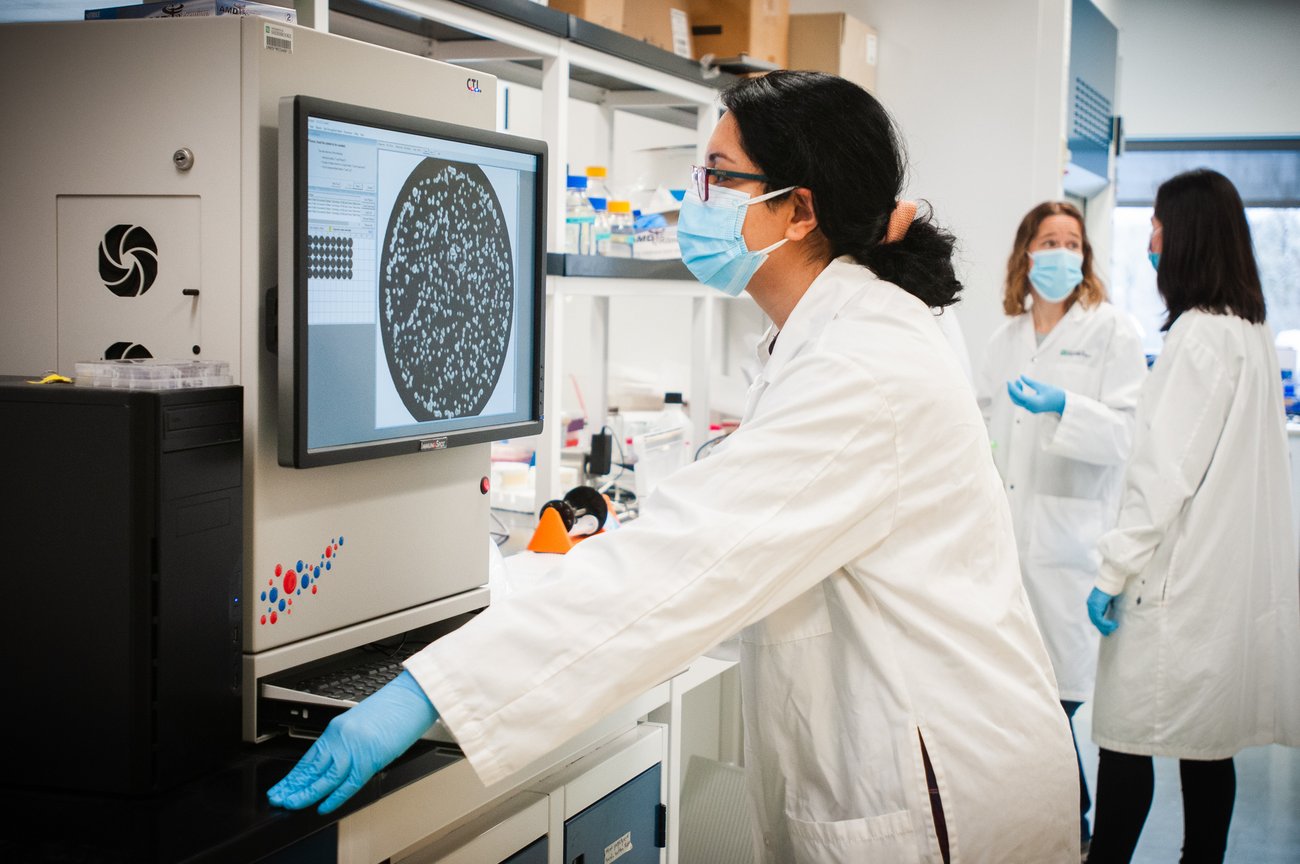
Photo: Martin Blache, collaborator
The traditional layout was divided into several isolated laboratories, but this has been redeveloped into a shared workspace open to some 30 research teams. This organization soon proved advantageous: By bringing all the equipment together in one place, several tests could be carried out simultaneously, meaning the equivalent of two months’ work could now be completed in a single day. Moreover, results from different processes could now be applied to more than one project, as opening the space naturally led to knowledge pooling.
A knowledge- and career-building model
The model has since been optimized, and it now permeates everything we do at the UdeS, even in the construction of the new pavilions.
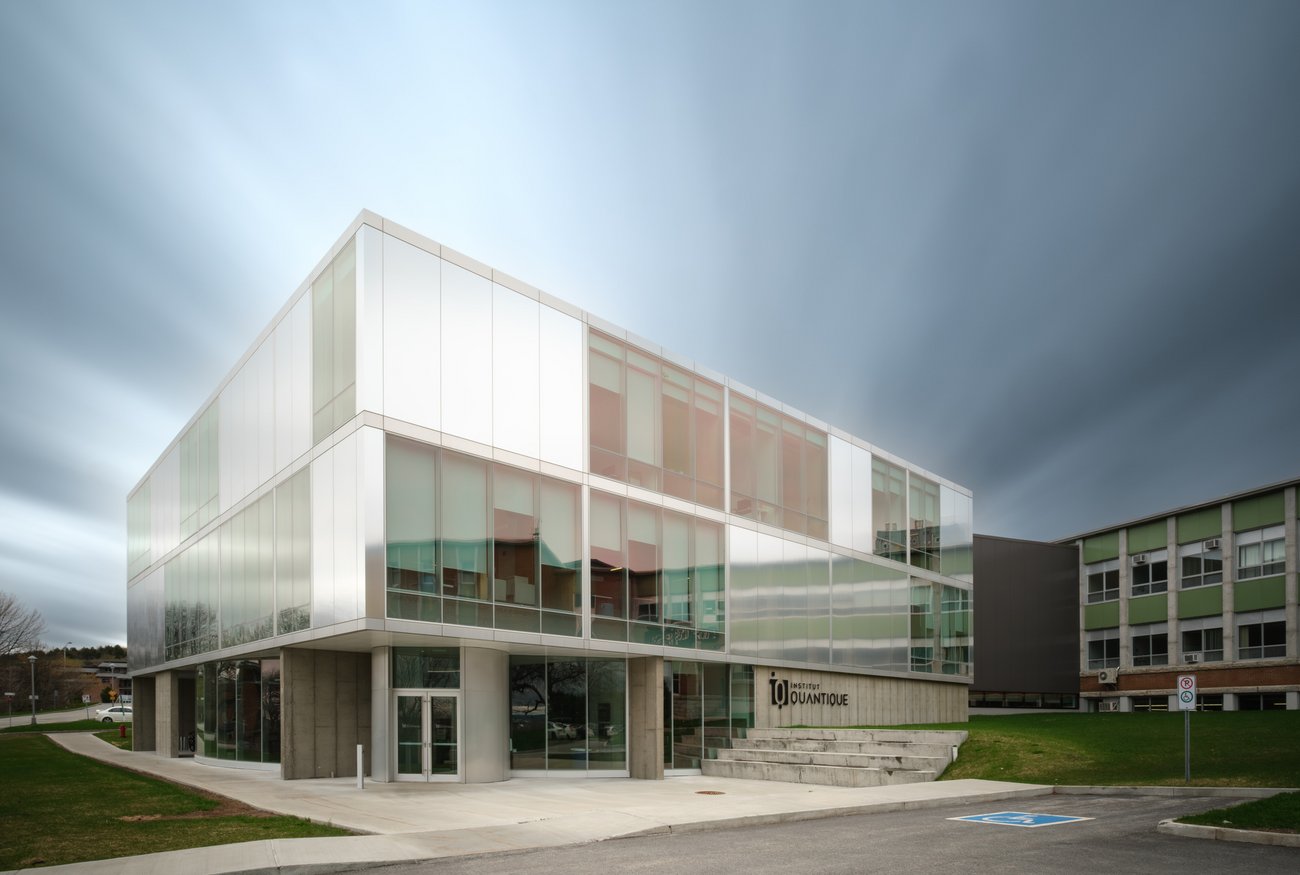
Photo: Michel Caron – Université de Sherbrooke
The UdeS’s Institut quantique (IQ), established in 2022, was designed with this philosophy in mind. Moving away from long, narrow corridors lined with closed doors, the building consists of open spaces that encourage interaction, exchange, and collaboration. Its core is dedicated to conferences, seminars, and other training courses, while two large collective laboratories house the research teams. Among them, the Quantum FabLab contains a dozen stations providing access to highly specialized equipment. Regarded as one of the best-equipped quantum science facilities in Canada, if not North America, this infrastructure can even be rented out to external teams.
This bold vision is already bearing fruit: Universities and companies are turning to the Institute quantique’s equipment and expertise to carry out ambitious interdisciplinary projects, sometimes sparking new collaborations and even potential hiring of UdeS students.
For the next generation, pooling not only provides access to state-of-the-art equipment early in their careers, it also acts as a springboard for young research careers.
Normally, researchers manage to equip themselves like this after about 10 years working in the field. Thanks to our shared facilities, they have access to all this from the moment they get here.
As well as contributing to productive research and propelling research careers, this ecosystem is cost-effective on many fronts.
Added revenue through added value
Just as buying a $400,000 concrete mixer to resurface our own house would be impractical, most of the equipment at the UdeS is intended from the outset to serve a large number of research teams and contribute to the advancement of several independent projects. Project funders can rest assured their money will be efficiently used as they know their investment will benefit dozens of researchers rather than a handful.
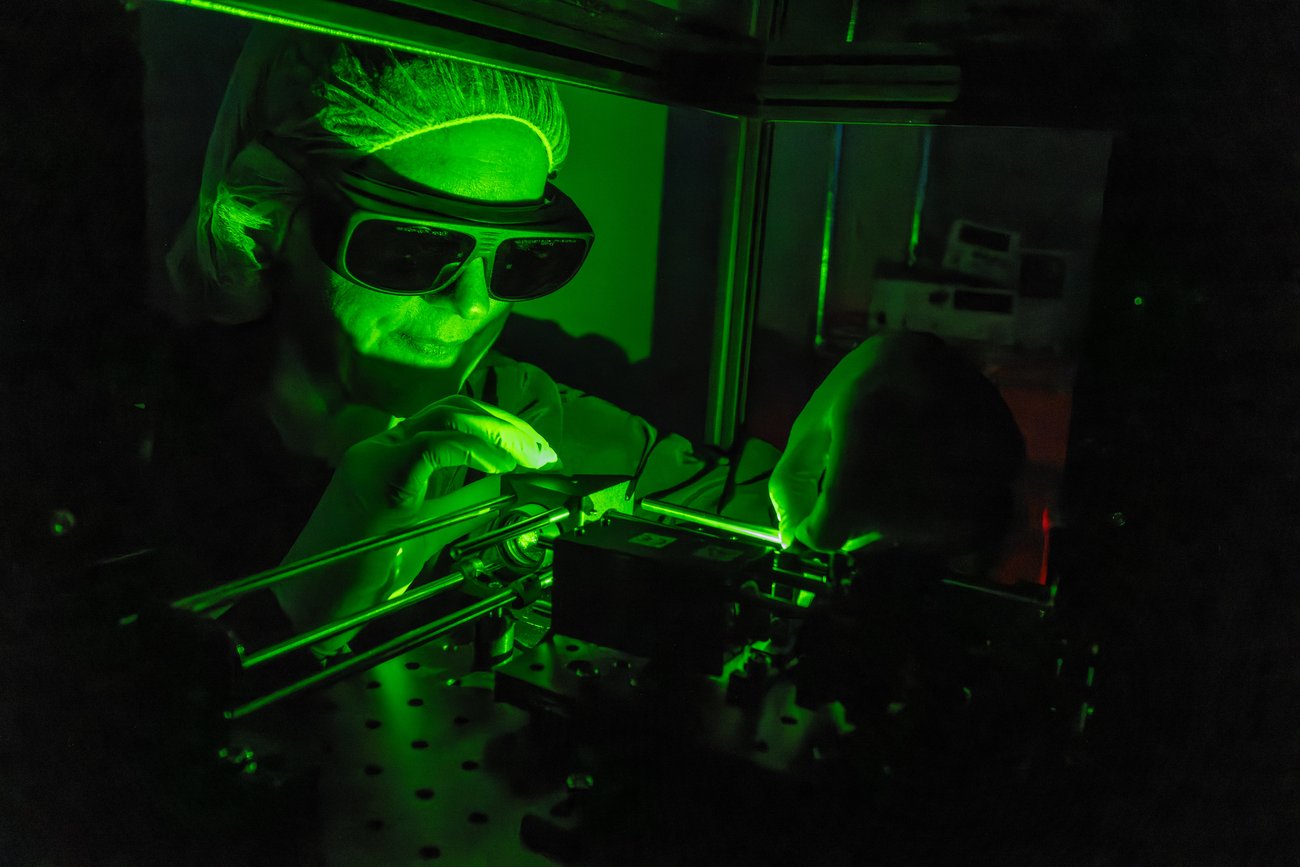
Photo: Michel Caron – Université de Sherbrooke
For example, this approach has been applied to 3IT. Instead of several of the same device in different small individual labs, there are five collective labs divided into areas of expertise: solar energy and outdoor demonstration, mechanics, microtechnologies, nanotechnologies, and robotics. Operated by highly qualified staff, these laboratories are rented out to users for their time.
There are many advantages of this system, including the savings generated by purchasing a single unit and leasing the equipment to research teams, in turn enabling us to hire full-time specialized staff to operate, maintain, and repair the platforms.
As a result, any initial investment is optimized. The savings allow for funding acquisitions of highly sophisticated equipment, giving UdeS researchers a leading edge in their field.
As well as constituting a powerful argument in grant applications, mutualization strengthens the network of disciplines and student training.
Concentrated expertise
Pooling research equipment and know-how is commonplace at the UdeS, and this approach is applied at the CORSÈVE greenhouses, the Pharmacology Institute of Sherbrooke (IPS), and on the research platform network.
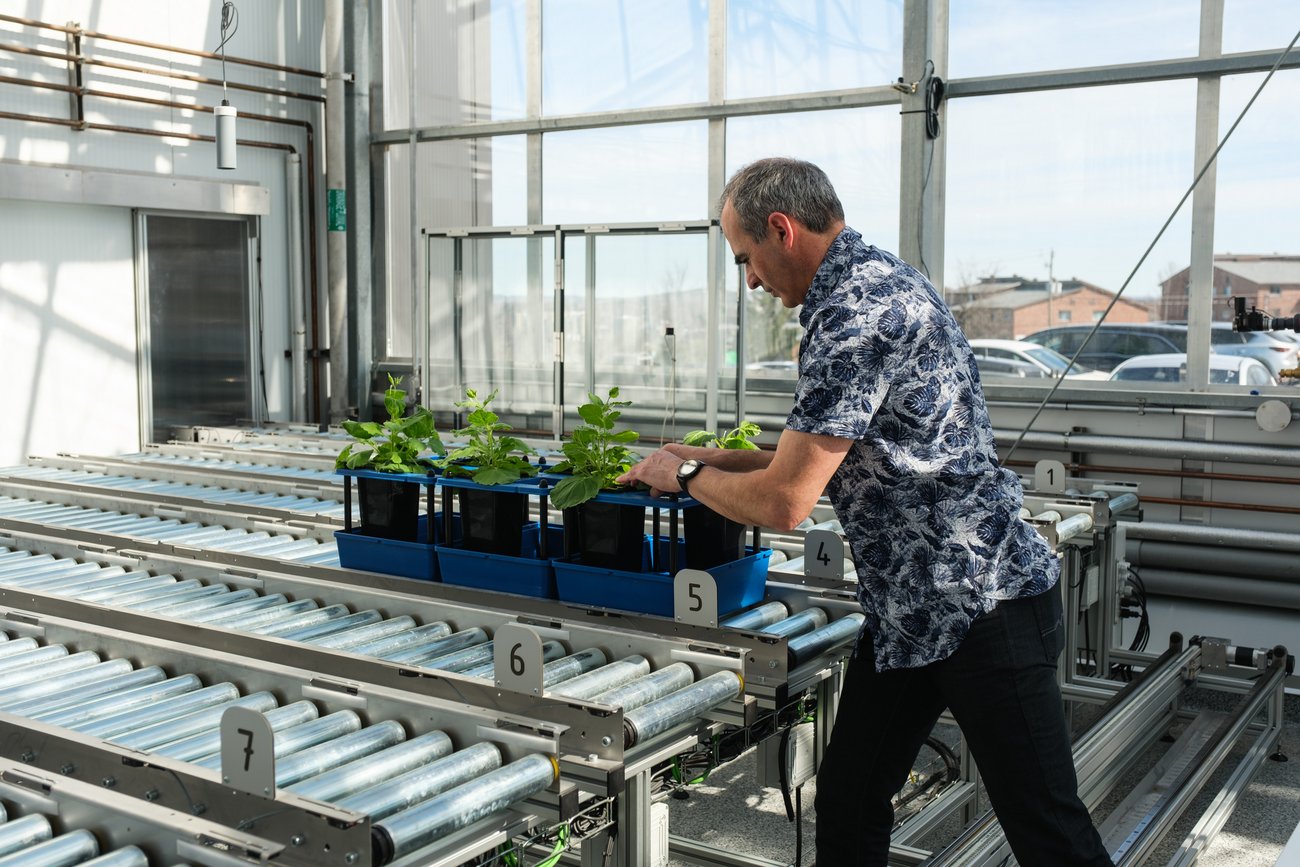
Photo: Michel Caron – Université de Sherbrooke
This network of 23 research platforms stimulates resource sharing on an institutional scale, an approach practically unheard of, according to the UdeS Vice-President, Research and Graduate Studies.
How it operates is simple. Divided into three main areas—digital sciences, science and engineering, and health sciences—this network provides Quebec’s research community and businesses with facilities that have a specialized service offering, such as data harvesting and analysis, as well as access to state-of-the-art instruments, technology, and expertise.
Understanding the technology or even the science behind the field of expertise being targeted is no longer required: The project can be handled entirely by the team that manages the platform.
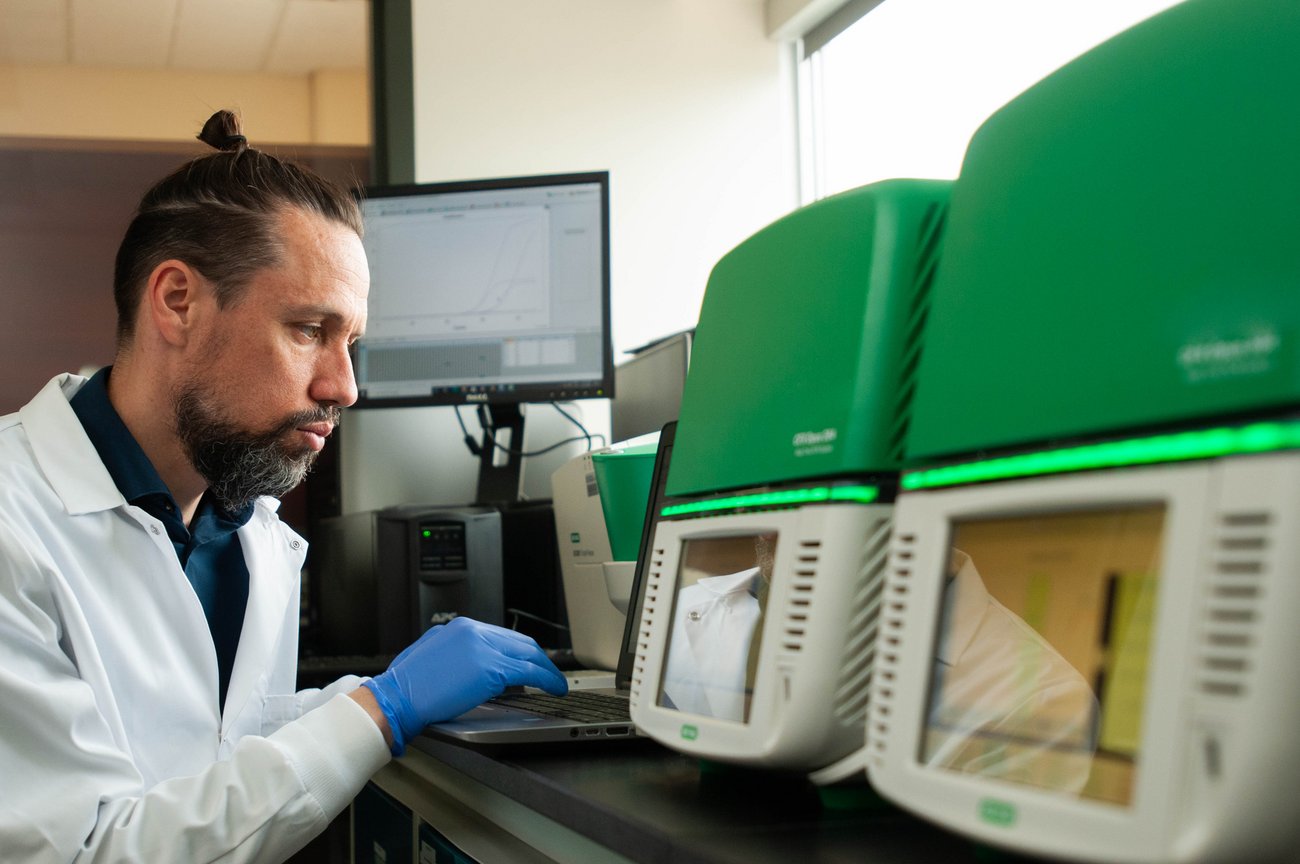
Photo: Martin Blache, collaborator
Digital humanities, which is part of the Faculty of Arts and Humanities, is a good example. A team of three IT specialists operate this platform, which offers professional services for building databases and developing digital tools, such as interactive maps. While research teams would normally have to hire their own staff to digitally process their corpus, this platform fills the need for expertise that facilitates the work and ensures project progress is maintained. Sometimes, tools created for earlier projects can simply be adapted for a current project, thus streamlining processes.
The effectiveness of the UdeS’s research platform network is undeniable. In 2023, it was awarded more than $2.3 million under the Québec Research and Innovation Investment Strategy—just over a third of the amount allocated by the Ministère de l’Économie, de l’Innovation et de l’Énergie (MEIE)—for four projects designed to enhance the company’s service offering in promising fields.
“There’s also the entire training aspect that comes with the research platforms,” added Professor Perreault. “Think of the profound learning experience for the students who get to use these platforms as part of their training. This is privileged access to cutting-edge expertise.”
By innovating how its research is organized, the Université de Sherbrooke has pooled its strengths in terms of both expertise and infrastructure. It has thus equipped itself with the means to do even more for the good of society through the development of its research, to the power of ten!
UdeS, a key player in Canadian research
The harmonious union of partnership, mutualization, and interdisciplinarity is a strength unique to the UdeS. Learn about this innovative approach of building knowledge that has propelled the UdeS into the ranks of Canada's most research-intensive universities.
